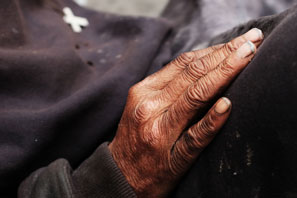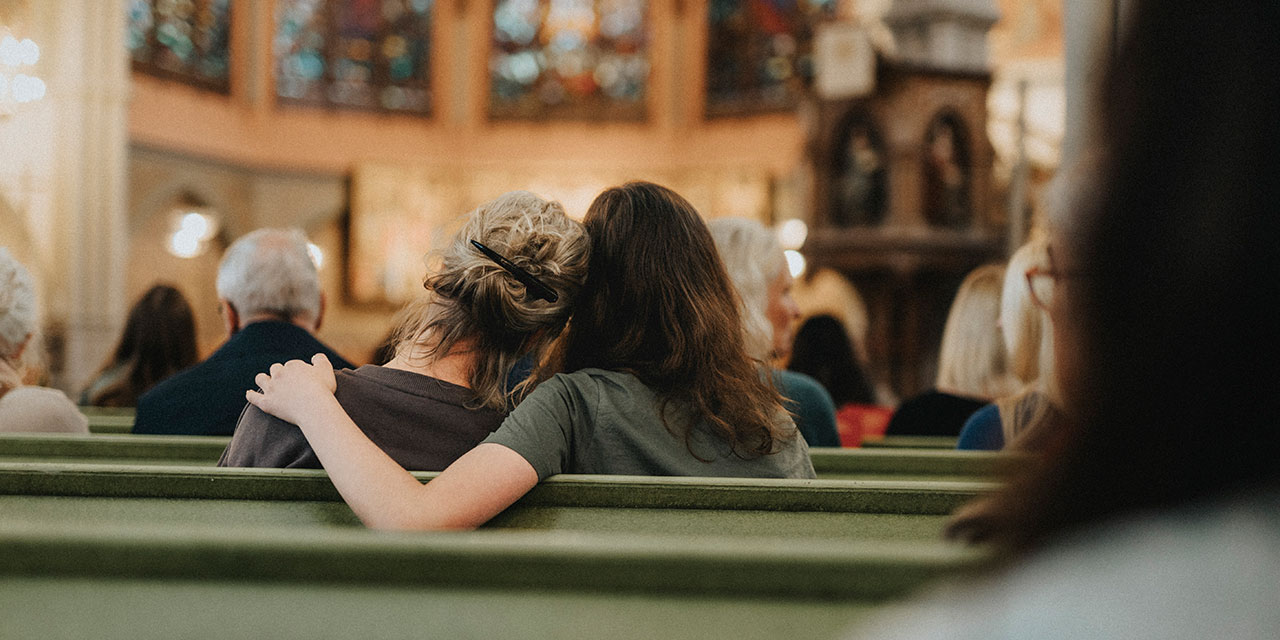
In July, Alejandro Morales was found not guilty by reason of insanity for stabbing a nine-year-old in upper Manhattan. In May, David Baril was shot by NYPD officers on 37th Street after attacking four people with a hammer. In 2014, Kevin Darden pushed Wai Kuen Kwok in front of a subway at 168th Street. The year before, Julius Graham slashed five people—including an 18-month-old boy—with a pair of scissors in Riverside Park. In each of these cases, the perpetrators were individuals with serious mental illness (SMI) whom the New York City Department of Health and Mental Hygiene allowed to go untreated.
A new report on serious mental illness shows that city health officials are prioritizing treatment of less-severe mental-health cases at the expense of these difficult, potentially violent cases. The report, published by the city’s Department of Health and Mental Hygiene, reveals that 93,000 city residents suffering from the most serious mental illnesses, including schizophrenia and severe bipolar disorder, received no treatment in the past year. “Adults with SMI were more likely to report not getting needed medical care in the past year than those without SMI (21 percent vs. 11 percent),” the report notes. So what happens to those with untreated serious mental illness? Many end up in jail. According to a mayoral task force, while the number of people incarcerated in city jails has gone down since 2010, the percentage of prisoners with mental illness shot up 30 percent from 2010 to 2014.
New York City First Lady Chirlane McCray has taken a welcome interest in the city’s mental health efforts, but she hasn’t turned her attention to the elephant in the room: getting treatment to those with untreated serious mental illness. Her policy guru, physician Gary Belkin of the Department of Health and Mental Hygiene, has claimed that people with mental illness are no more violent than those without mental illness. That’s not quite right: while people with poor mental health—and those being treated for serious disorders—tend not to be any more violent than the rest of us, those suffering from serious and untreated mental illness are, in fact, more violent. In a recent speech, Belkin proposed “early identification of children” as a solution to the problem of untreated serious mental illness. “Half of all mental illness begins before age 14,” Belkin said. But that claim is only true if you include substance abuse. Most people who develop schizophrenia and bipolar disorder do so in their late teens and early twenties; children’s behavioral issues rarely become schizophrenia in adults. Half of children who have been diagnosed with a “behavioral health issue” have ADHD or anxiety and nothing else. Belkin also proposed doing more “prevention,” but schizophrenia and bipolar disorder can’t be prevented. Touting prevention is a good sound bite but not good policy.
In the new report on serious mental illness, the department suggests that people should “become familiar with symptoms associated with mental illness” and “talk to a health professional about any symptoms” they may be experiencing. But over 40 percent of the untreated seriously ill are so sick that they don’t know they’re sick. You’re unlikely to visit a doctor to talk about symptoms when you “know” that the FBI planted a transmitter in your head or “know” that you are the messiah.
City health officials claim better mechanisms are needed to identify the mentally ill, but in fact, they already know who these people are—they just refuse to treat them. Of the 400 people admitted to city jails more than 18 times in 2014, 21 percent suffered serious mental illness. Officials have these people’s names. Every day, seriously mentally ill people are discharged from jails, shelters, and psychiatric hospitals. Officials have their names, too.
A task force set up by Mayor de Blasio suggested that the best way to reduce incarceration of the mentally ill was to reform the criminal-justice system. But police step in only after the mental health system has failed. “We have two mental health systems,” Michael Biasotti, former president of the New York State Association of Chiefs of Police, told Congress. “The traditional mental health system serves those who are well enough to voluntarily access services. Those too sick to know they are sick or who resist treatment are turned over to first responders. The mental health system seems unwilling to accept responsibility for this second more symptomatic group.” This is the core problem in New York City. To fix it, the city should make hospitalization easier and focus existing resources on those known to be the most seriously ill.
Emergency rooms at New York City hospitals have become overcrowded, creating a dangerous Catch-22: anyone with mental illness who is well enough to request admission to a city hospital is presumed not to need it. Those who are admitted will be discharged “sicker and quicker,” even if they’re brought in by the police. Last month, police took mentally ill Kareem Cooley to Lincoln Hospital in the Bronx after they stopped him from jumping off a building. Lincoln released Cooley; two days later, he went to the same spot and jumped to his death. Easier entry to hospitals and longer stays for the seriously ill have to be part of any serious attempt at reform.
New York City should make greater use of Kendra’s Law, which allows judges to order seriously mentally ill people with histories of arrest, homelessness, hospitalization, or incarceration to stay in mandated and closely monitored treatment as a condition for remaining in the community. The law commits the mental health department to provide such treatment, and if there aren’t enough services to go around, the city must reallocate services currently going to the highest-functioning patients. Kendra’s Law forces Belkin to do what his department won’t do voluntarily: focus on the most seriously ill. The law has reduced homelessness, arrests, incarceration, and hospitalization by about 70 percent each. It saves taxpayers 50 percent of the cost of care. An estimated 4,000 city residents should be in the program, but New York City has helped fewer than 1,400 get in.
New York should also evaluate the mentally ill when they are discharged from jails and involuntary commitments to assess what services are needed to keep them safe. These individuals are at the greatest risk of becoming dangerous to themselves or others again. By connecting them to group homes with on-site support, round-the-clock case managers, clubhouses, and Kendra’s Law-mandated services when needed, the mental health department could dramatically lower rates of homelessness, arrest, violence, incarceration, hospitalization, and suicide—while saving taxpayers money.
Every “mentally ill killer on rampage” headline serves as a reminder that New York City’s mental health officials are shunning the most seriously ill. Money isn’t lacking—leadership is.




